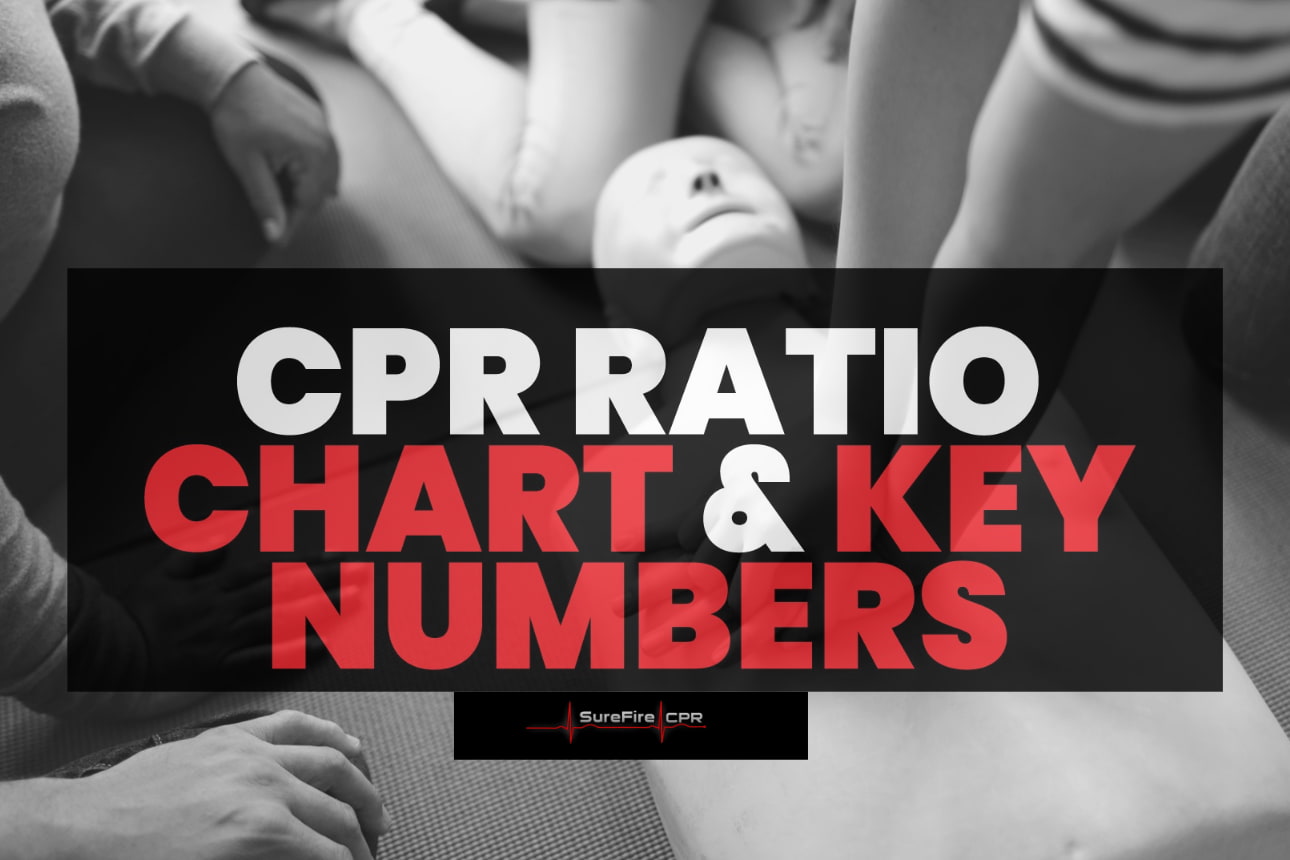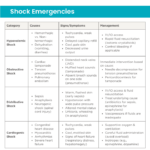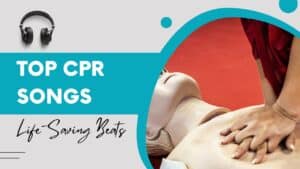When learning how to perform CPR, there are a lot of important numbers to keep in mind. From the rescue breathing rate for child patients to the CPR compression rate for adults, it’s essential to know the correct metrics.
SureFire CPR Ratio Chart
We’ve gathered up key statistics on CPR ratio and CPR rate for adults, children, and infants into this handy downloadable guide. These numbers are based on the latest information available from the American Heart Association as of November 2021.
Compression / Ventilation Ratio (without advanced airway)
Adult
Child/Infant
2 or more rescuers – 15:2
(For Healthcare Providers)
Compression / Ventilation Ratio (with advanced airway)
Adult/Child/Infant
Deliver 1 breath every 6 seconds
Compression Rate
Adult/Child/Infant
Compression Depth
Adult
Child
Infant
Hand Placement
Adult
Child
Infant
1 rescuer:
Place 2 fingers in the center of the patient’s chest
2+ rescuers:
Place hands around the patient’s chest and use 2 thumbs at the center of the patient’s chest
Rescue Breathing
Adult
Child/Infant
Activation of EMS
Adult
Alone without a cell phone: leave the patient to activate EMS, locate an AED and begin CPR
Child/Infant
Recognition of Cardiac Arrest
Adult/Child/Infant
Minimizing Interruptions
Adult/Child/Infant
Key Terms
- Compression / Ventilation Ratio
The compression to ventilation ratio refers to the number of chest compressions to ventilation breaths during CPR. This can vary based on the patient’s age; the infant CPR ratio and child CPR ratio is different from the ratio for adults. - Advanced airway
Advanced airway (or advanced airway management) is a practice used by medical professionals to support breathing such as an endotracheal tube, a laryngeal mask airway, or an esophageal-tracheal combitube. It can sometimes take the form of intubation. - Compression rate
The compression rate is the speed at which chest compressions are performed during high-quality CPR. - Compression depth
In order for CPR to be successful, it is important that the rescuer is pressing down far enough into the patient’s chest to mimic the heart pumping blood and restore blood flow. The compression depth refers to the desired depth that rescuers should press down on the patient’s chest. - Rescue breathing
A part of mouth-to-mouth CPR, rescue breathing is the act of blowing air into the patient’s mouth to create artificial breath. It can be performed on its own or in conjunction with chest compressions.
Learn CPR with SureFire CPR
Still curious about compression rates and ventilation ratios? Ready to learn more about the amazing world of CPR? Check out SureFire CPR’s CPR training courses. Whether you’re training to become a medical professional or you’re a civilian who’d like to discover a life-saving skill, getting CPR training is an incredible way to help your community and learn something new.
The expert instructors at SureFire make learning CPR engaging, entertaining, and rewarding. As nurses, EMTs, firefighters are more ourselves, we have plenty of field experience and stories to share. With plenty of class times available at our many locations across Southern California, it’s easy to fit training into your busy schedule. You’ll be glad you did––after all, you never know whose life you may save.
Download
Sources:
- https://cpr.heart.org/-/media/CPR-Files/Resus-Science/ECC-Digital-Digest/KJ1457_2020_AHA_Guidelines_for_Adult_ACLSac.pdf
- https://www.ahajournals.org/doi/full/10.1161/circ.102.suppl_1.I-22
- https://www.ahajournals.org/doi/full/10.1161/circulationaha.110.971085
- https://www.ahajournals.org/doi/full/10.1161/CIRCULATIONAHA.105.166553











